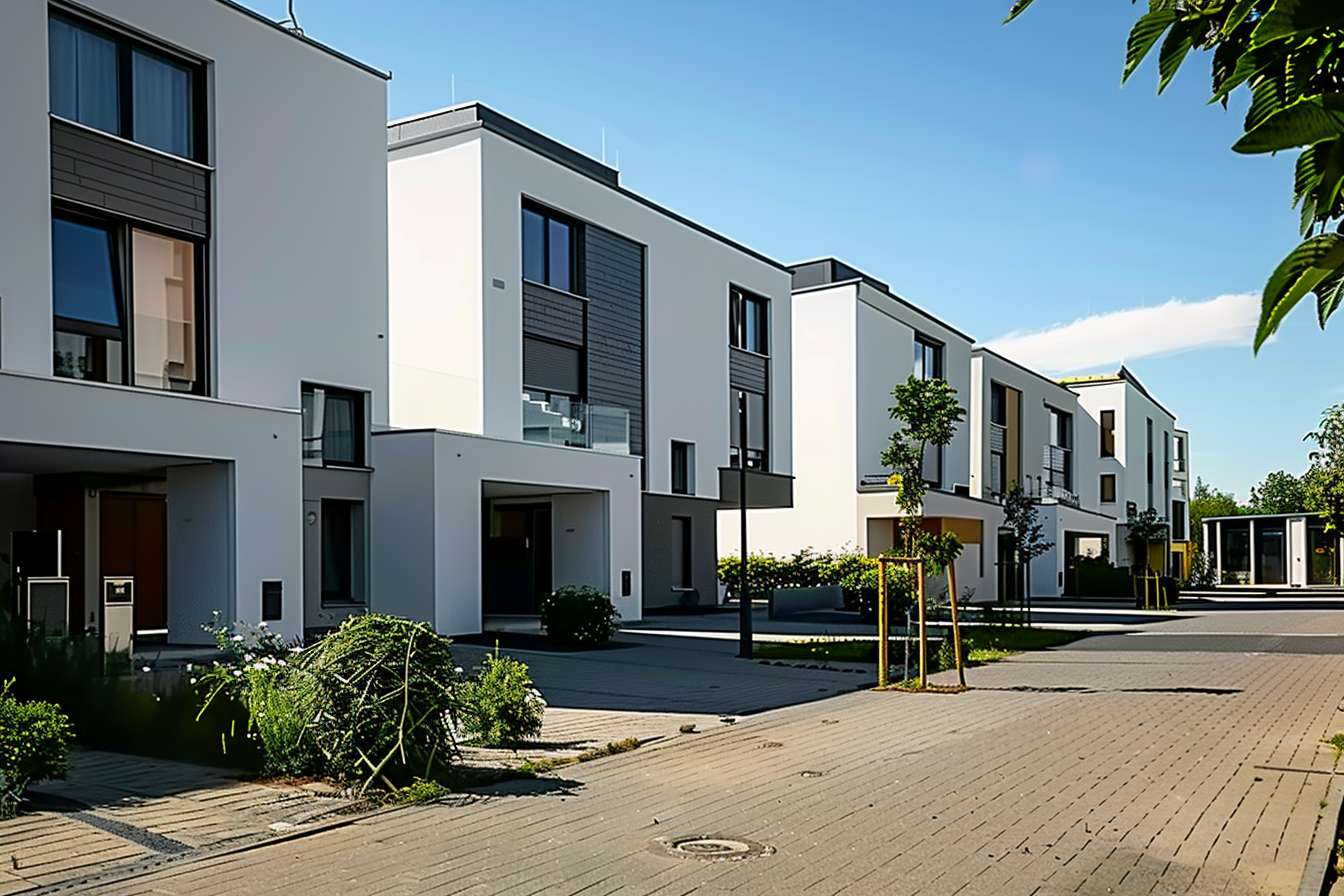Container Homes in Canada 2025: Affordable, Sustainable Housing with Many Benefits
Did you know repurposed shipping containers can become affordable, eco-friendly homes built quickly and customized to your lifestyle? Learn how container homes offer practical savings, durability, and energy efficiency—perfect for Canadians seeking cost-effective, sustainable living options in 2025.

Advantages of Container Homes for Sustainable and Affordable Living
Container homes use used shipping containers that might otherwise be unused or discarded. Repurposing these steel boxes reduces the demand for new building materials, which may help decrease construction waste and the carbon footprint related to home building. This approach aligns with environmental goals and appeals to homeowners interested in sustainability.
From an economic perspective, container homes can be less expensive than traditional homes. Prices of shipping containers vary, generally from approximately $2,000 to $8,000 depending on size and condition. Building a livable container home can range between $25,000 and $50,000 for standard models, with larger, custom designs costing more. Some expandable container homes offered by companies like My Tiny Home Hub start around $15,000 to $25,000, excluding shipping fees. These costs may be lower due to reduced labor requirements and shorter construction times.
Legal Considerations and Building Regulations
Container homes are permitted in most parts of Canada, including provinces such as Ontario and British Columbia, but must comply with local building codes, zoning by-laws, and permitting processes. For instance, in Ontario, container structures larger than 10 square meters require a building permit. In Vancouver, specific regulations are in place to address safety and structural standards.
Consulting professional builders, architects, or contractors experienced with local regulations is important. They can assist in navigating legal requirements, obtaining permits, and confirming compliance with safety and structural standards. Compliance supports the development of secure and durable residences and may facilitate access to financing and insurance.
Design Flexibility and Options for Customization
A notable characteristic of container homes is their versatility. Shipping containers can be stacked or joined in different configurations to optimize space. They support various architectural styles, such as minimalist, modern, industrial, or rustic designs.
Customizable features might include:
- Floor plans designed for different household sizes
- Large windows and skylights to enhance natural light
- Energy-efficient insulation and interior finishes
- Multi-functional interior layouts
- Rooftop gardens or terraces
- Sliding glass doors and open-plan living spaces
These options enable homeowners to personalize their living environment to balance space efficiency with comfort and aesthetic preferences.
Construction Speed, Durability, and Weather Resistance
Container homes can be constructed more quickly than conventional homes—often completed within weeks rather than months or a year. The pre-fabricated nature of containers can simplify labor and reduce construction complexity.
Shipping containers were originally designed for global shipping and built to withstand harsh weather, heavy loads, and rough handling. Their steel construction provides durability and resistance to weather conditions, which can be beneficial in Canadian climates characterized by cold winters, heavy snow, and strong winds. This durability may contribute to lower maintenance needs over time.
Energy Efficiency and Sustainable Features
The compact size of container homes can reduce heating and cooling requirements. When fitted with modern insulation materials, energy-efficient LED lighting, and appliances, container homes can support lower utility consumption.
Some builders and homeowners incorporate sustainable energy systems, such as:
- Solar panels to generate renewable electricity
- Rainwater harvesting installations
- Smart home climate control systems
These features aim to reduce environmental impact and may help reduce utility costs over time.
Portability and Adaptability of Container Homes
Unlike traditional houses, container homes have the potential for relocation. They can be moved when needed without substantial reconstruction, which may suit changing life situations or rural locations requiring flexible housing.
This mobility can appeal to a range of users, including individuals seeking adaptable living arrangements or those working remotely.
Considerations Regarding Investment and Rental Use
Container homes may offer investment opportunities due to potentially lower initial costs compared to standard homes. Demand for affordable and sustainable housing could support rental options, especially in urban areas.
For example, container homes with 2–3 bedrooms costing under $50,000 may attract renters interested in affordable or sustainable living. The distinctive design and eco-friendly aspects may appeal to certain tenant segments.
Potential Challenges to Keep in Mind
There are some factors to consider when evaluating container homes:
- Availability of high-quality shipping containers may fluctuate, affecting construction timelines and expenses.
- Compliance with local building codes and obtaining permits requires careful planning and consultation with professionals.
- Limited interior space may require minimalist living approaches, and added insulation or cooling systems can reduce usable area.
- Financing container homes might be more complex, and some lenders may require larger down payments or have limited mortgage options.
Summary: Exploring Container Homes as an Option in Canada 2025
In 2025, container homes present an option for those interested in innovative, sustainable, and cost-conscious housing in Canada. Their environmental benefits, potential cost savings, design flexibility, quicker construction, durability, energy efficiency, and portability address several housing market considerations.
Whether you are seeking a more affordable home, exploring rental investment, or considering sustainable lifestyle choices, container homes offer possibilities to investigate. Working with professionals and understanding local regulations can support informed decisions and a positive building experience aligned with environmental and economic priorities.
Sources
- Compare Home Quotes - Container Homes Ontario
- Container Homes BC - Container Homes in Vancouver
- My Tiny Home Hub - Are Expandable Container Houses Worth It?
Disclaimer: All content, including text, graphics, images and information, contained on or available through this web site is for general information purposes only. The information and materials contained in these pages and the terms, conditions and descriptions that appear, are subject to change without notice.




